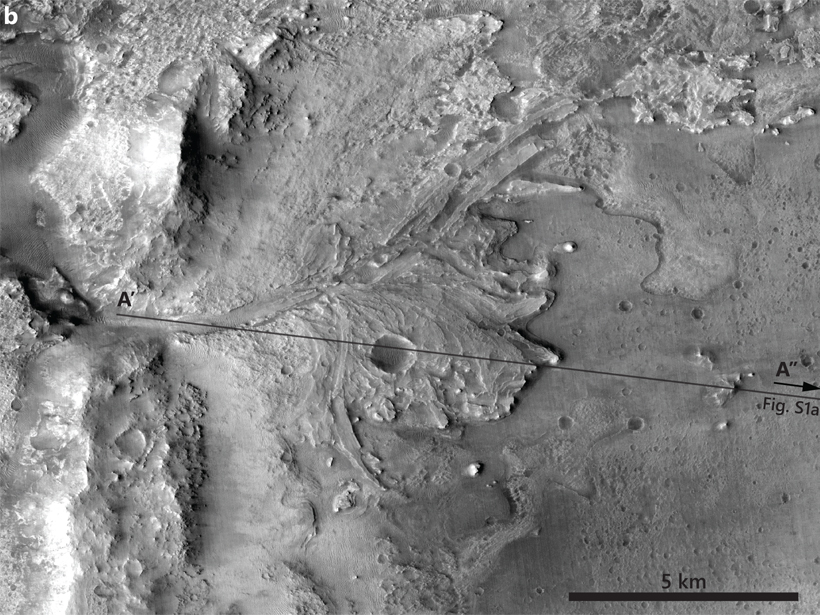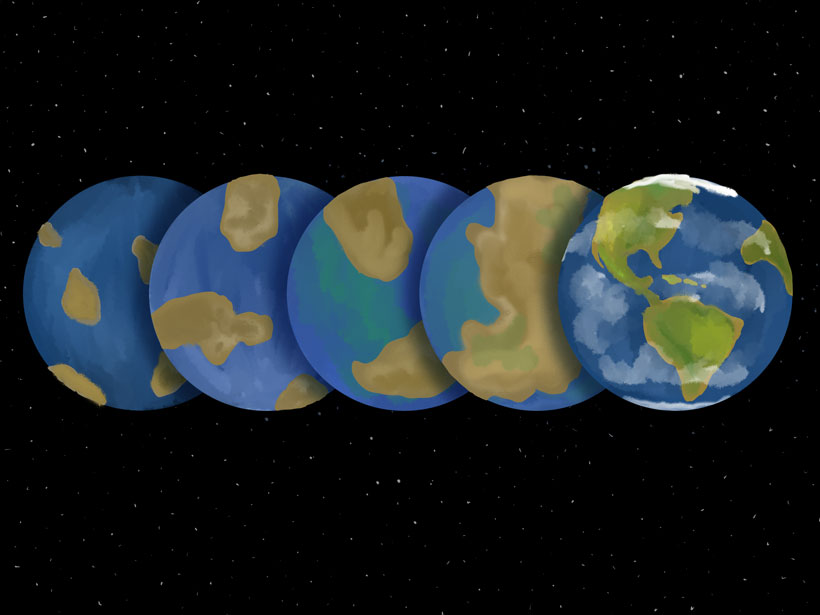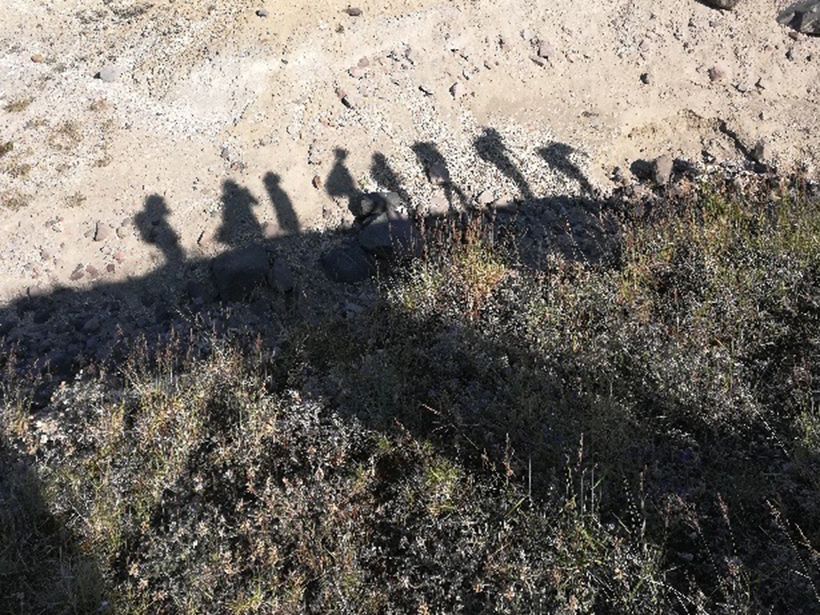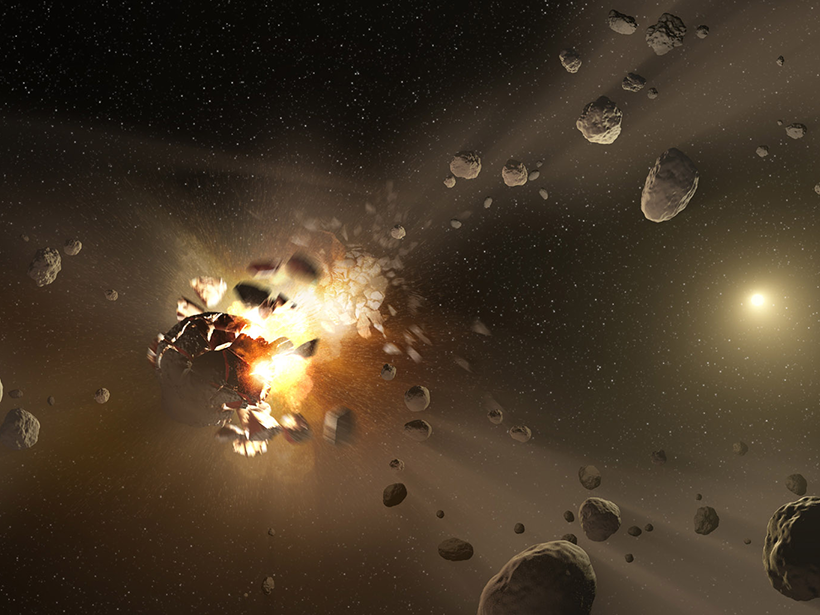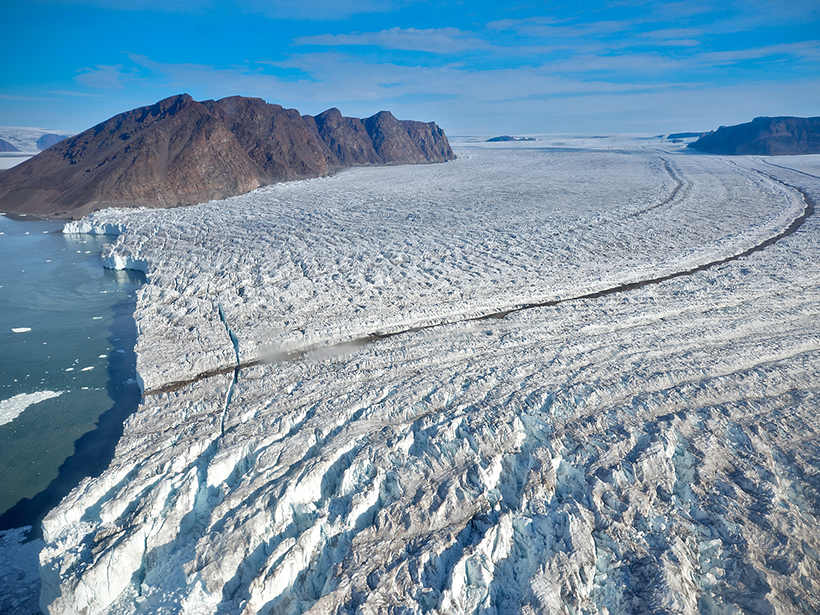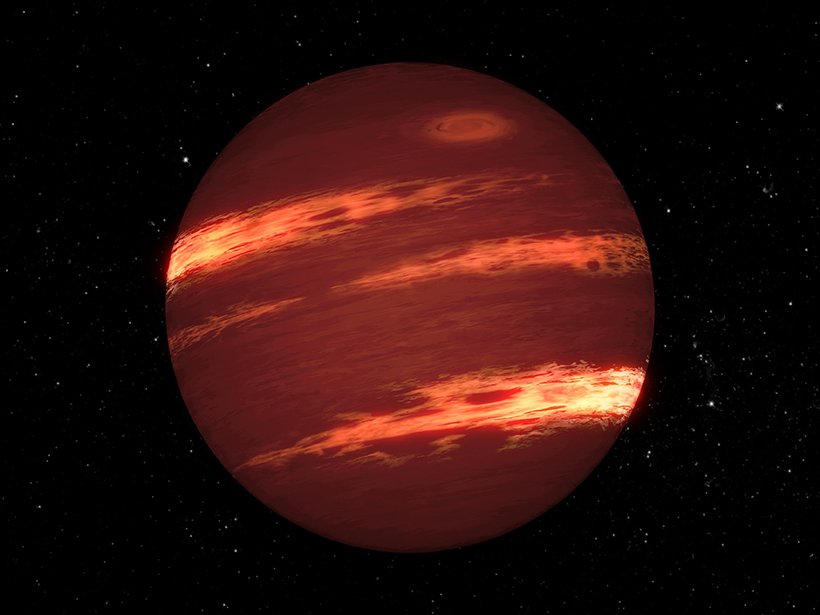Terrestrial meander migration rates are used to estimate a formation timescale of decades for Jezero delta on Mars.
CC BY-NC-ND 2020
Oktoberfest’s Methane Rise Is the Wurst
Incomplete combustion and biogenic emissions—exhalations and flatulence—make Oktoberfest a significant, albeit temporary, source of the potent greenhouse gas.
Looking Back at Our Pale Blue Dot
Astronomers model changes in Earth’s chemical signature over the past 4 billion years to improve the search for Earth-like exoplanets.
GeoGirls: Confidence Erupts from a Camp at a Volcano
Summer camp at Mount Saint Helens empowers girls with science, confidence, and fun.
Are Cosmic Rays a Key to Forecasting Volcanic Eruptions?
A combination of relativistic particles and artificial intelligence may provide a new way to forecast when a volcano could erupt.
Dust from Colliding Asteroids Masqueraded as a Planet
New analysis of Hubble Space Telescope images suggests that Fomalhaut b, once believed to be an extrasolar planet, is, in fact, a cloud of dust that likely formed from the collision of enormous asteroids.
A New Global Map of Seafloor Fluid Expulsion Anomalies
The first open-source database of SEAfloor FLuid Expulsion Anomalies (SEAFLEASs) at a global scale reveals their distribution and physical parameters.
Tuning in to a Glacial Symphony
New research focuses on the bubbling and bathtub-like sounds of a glacier.
Record-Setting Winds on a Nearby Brown Dwarf
Infrared and radio observations reveal zonal winds moving faster than 2,000 kilometers per hour on a “failed star” in our celestial neighborhood.
El Cambio Climático Está Intensificando las Corrientes Oceánicas del Ártico
El derretimiento del hielo significa que los fuertes vientos del Ártico están creando corrientes más energéticas en el giro de Beaufort.

